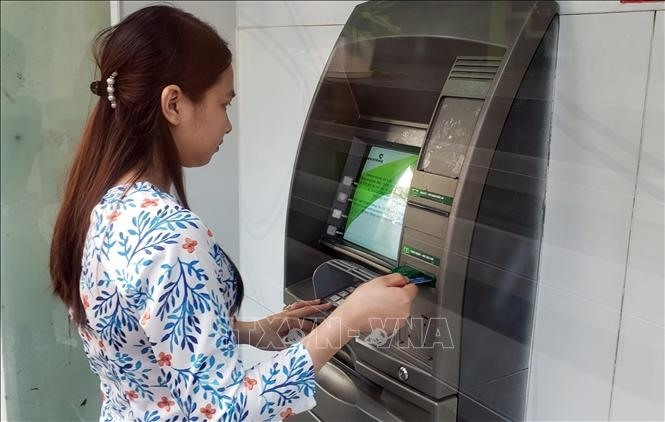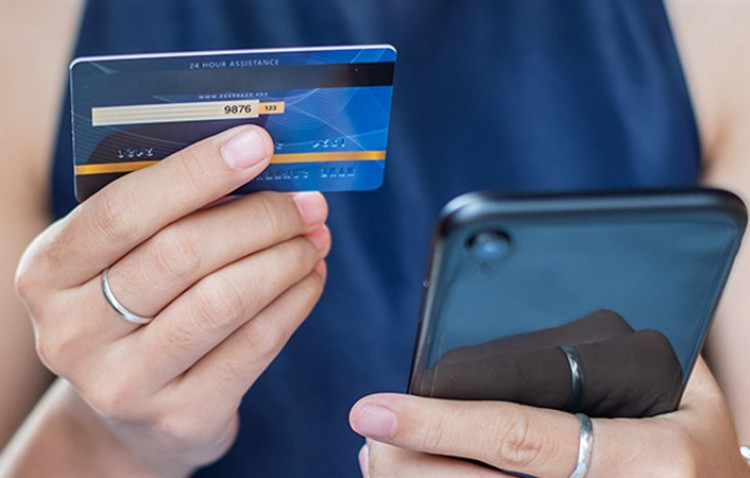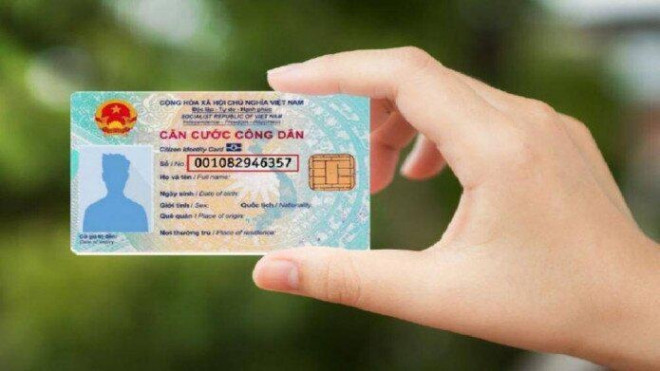Six steps to pay off bad debts
Debts are a big reason why it’s hard to meet your financial goals. It also makes many people overwhelmed with feelings of fatigue, stress and regret because they have “over-the-front” money that is not theirs.
You should have a repayment plan to make it easier and less stressful. Here are 6 steps to paying off debt, as suggested by The Balance.
1. Understand the type of debt you have
Getting out of debt and moving away from it requires you to change the habits or circumstances that put you in debt in the first place. Understanding the type of debt you have and how it happens can help you plan to pay off your debt and be less likely to fall into debt in the future.
Debt due to loans
Borrowing happens naturally at certain stages of life. You can get a loan to open a small business, buy a home with a mortgage, buy a new car…
These loans aren’t inherently bad and often come with manageable interest rates. However, they can create financial stress when you are unable to make the necessary payments. They can take up too much of your income, leaving you unable to cover your living expenses or save money.
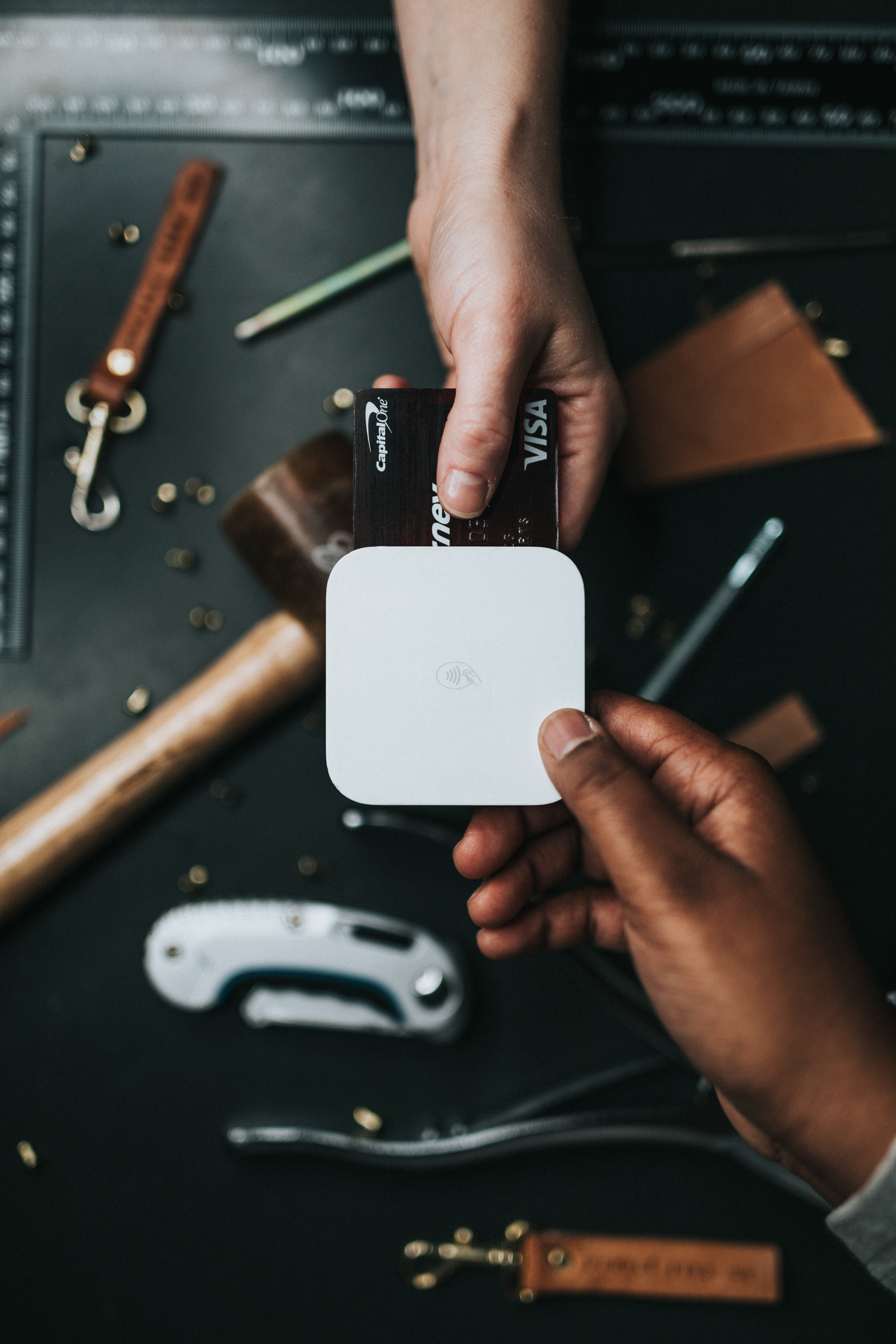 |
Debt causes many people stress. Illustrations: Unsplash |
Debt due to circumstances
Sometimes debt piles up due to circumstances beyond your control. Many people go into medical debt due to an unexpected illness or injury. You may suddenly be unemployed and have to pay off credit card debt.
These debts often come with high interest rates. Usually, you are forced to use them when financial circumstances are already strained. When you try to pay off debt, your fixed expenses will go into deficit and you will need to borrow more. This creates a debt spiral that leaves many people feeling very stuck.
Debt due to spending
Thoughtless or reckless spending can create debt. This debt is usually in the form of high-interest credit card debt.
Once you accumulate debt due to overspending, you will have to pay interest and penalties much higher than the actual value of what you bought. This can reduce your income and require you to take on more debt. Life beyond your means can even put you in debt or bankruptcy.
2. Control spending
It will be easier for you to start paying off debt if you keep tight control over your spending and finances.
Take the time to compare your monthly income with your expenses. Divide spending into obligatory expenses, expenses for entertainment and social needs, and fees for unforeseen circumstances.
To start paying off debt, monthly expenses will need to be significantly lower than income. You can achieve this simply by reducing your spending on things like entertainment, socializing, etc. However, if that’s still not enough, you may need to further control your spending by reducing your expenses. Compulsory expenses such as rent, meals, etc.
Reducing your spending as much as possible and taking control of your finances with a clear budget will allow you to spend most of your balance on debt.
3. Planned repayment
Make a plan to decide in what order you will pay off your debt (if you have more than one debt). You can decide on preference based on interest rate, balance or some other criteria. You can also use additional debt management strategies to reduce your monthly payments or consolidate your debt.
Whichever repayment strategy you choose, stick to the plan and send your payments on time each month to avoid additional fees and interest. Debt forgiveness completely can take months or years depending on how much debt you have and the payments you make.
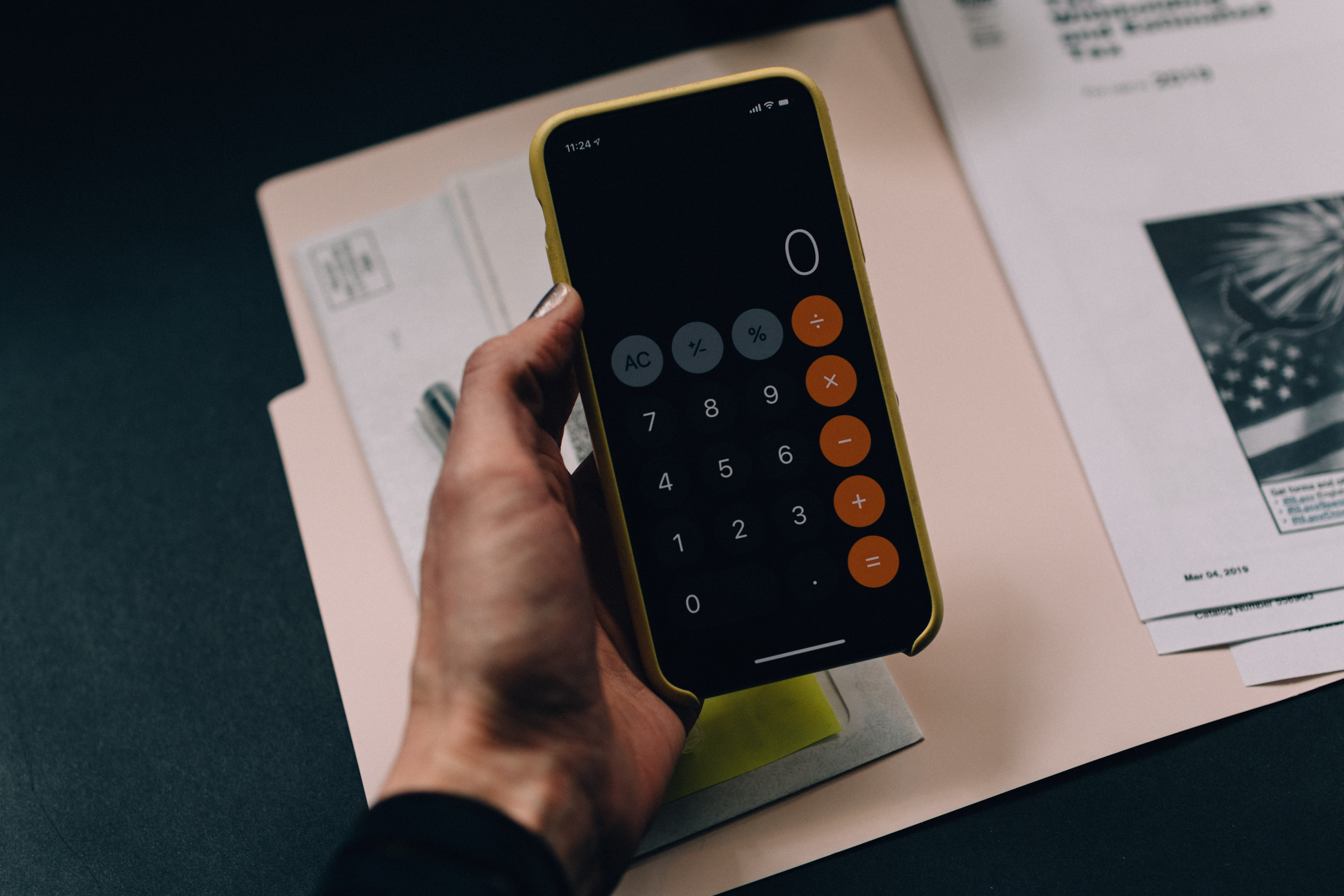 |
You need to plan for repayment. Illustrations: Unsplash |
Debts can take a huge toll on your credit, and constant calls from debt collectors can take a toll on your emotions and health. You should prioritize paying these debts.
Some payment methods:
Snowball Method
The Snowball Method is a term coined by Dave Ramsey. The name refers to the strategy of starting with something small and building it into something bigger, like how a snowball is made.
Using the snowball method, you will pay off your debts from smallest to largest.
Make the minimum payment on any debt, then add whatever money you have to the one with the smallest balance. This will be the fastest you can pay off, allowing you to see your repayment progress instantly.
Once this debt is paid off, move on to the next smallest debt on your list, while continuing to make the minimum payment on everything else. You’ll have more money to pay off this debt because you now have fewer minimum payments to make each month. Keep doing this until you pay off your debt.
The avalanche method
This strategy focuses on prioritizing debt by interest rate. The higher the interest rate, the more debt you will have to pay off over time. Eliminating the debt with the highest interest rate will allow you to save the most money in the long run.
This method is known as the avalanche method, which is the opposite of the snowball method.
Make the minimum payment on any debt, then add whatever money you have to the debt with the highest interest rate. Once this debt is paid off, move on to the next highest interest rate while continuing to make the minimum payment on everything else. As with this method, you’ll be able to use more money to pay off each subsequent debt because you have less than one minimum payment to make each month.
4. Build an emergency fund
When trying to pay off debt, you should also start putting money into an emergency fund. Building an emergency fund gives you more flexibility in dealing with unexpected expenses, which makes it less likely that you’ll go into debt again in the future.
5. Don’t Create More Debts
Taking on more debt while you’re trying to pay it off will hurt your progress and generate more interest that you may not be able to pay off. While you’re trying to pay off existing debt, avoid using credit cards, opening a new credit account, or taking out a new loan.
If you still want to keep your credit card for emergencies, literally “freeze” it. Put the credit card in a bowl or plastic bag filled with water, then freeze it. It will take a while. Time to wait for it to defrost when you want to use the card This will give you time to rethink using credit before you run out of debt.
6. Stay motivated to pay off debt
The debt repayment journey is not always smooth sailing. Some financial emergencies may require you to cut your repayments for a few months. Sometimes you need to use a credit card or take out a personal loan to handle an unexpected situation.
When that happens, recalculate your budget and try to get back to your debt repayment goal as soon as possible. Get over the depression and keep your debt payments on track.
Creating debt milestones can help you stay focused and motivated while paying off your debt. You can celebrate small successes, such as paying off your first loan or writing off 10% of your total debt. That way, it’s easier to stay motivated to get rid of your debt altogether.
(According to Zing)

at Blogtuan.info – Source: vietnamnet.vn – Read the original article here
